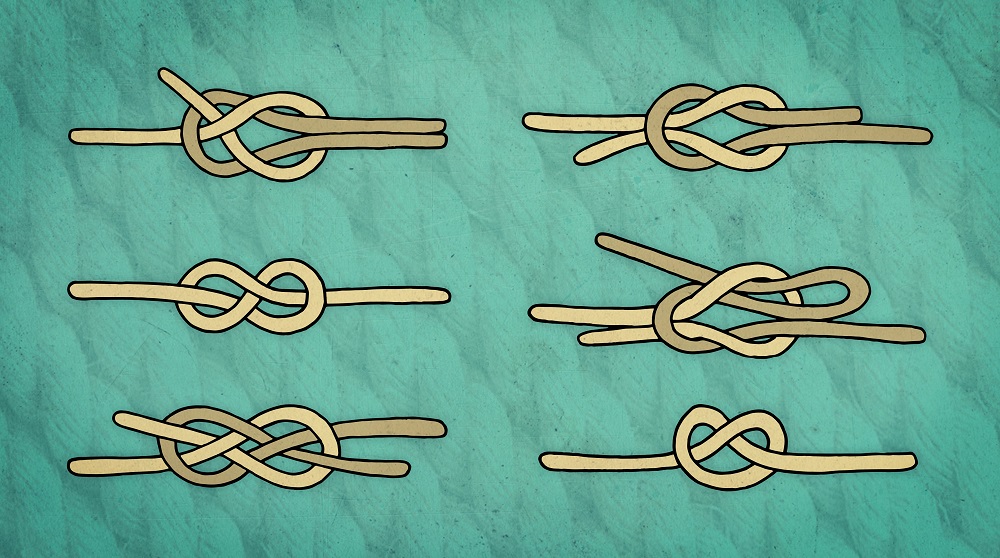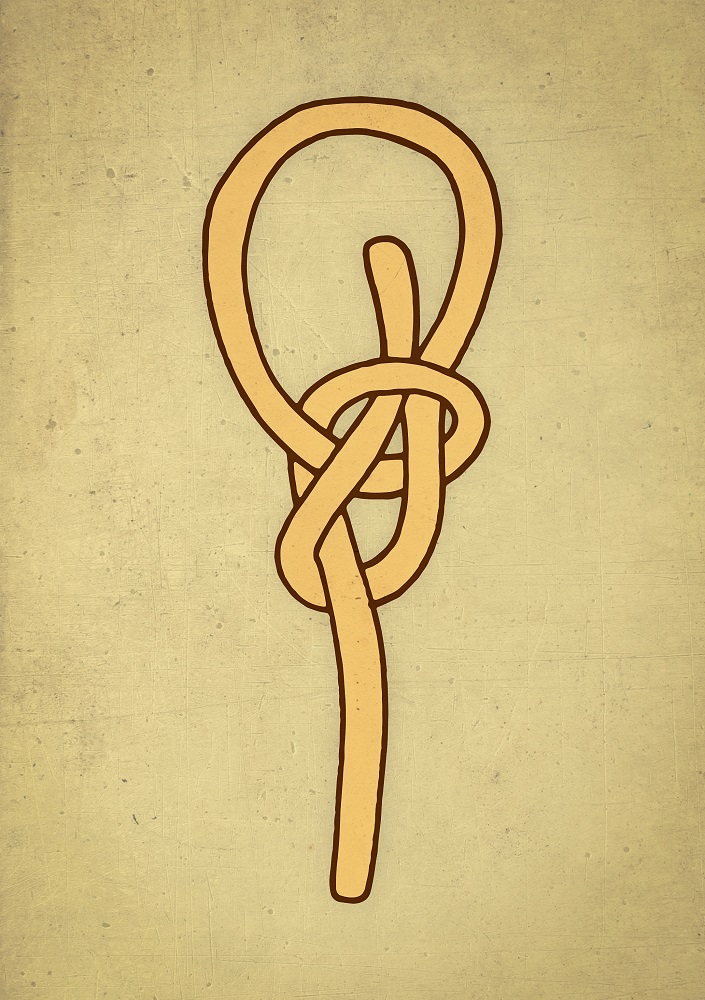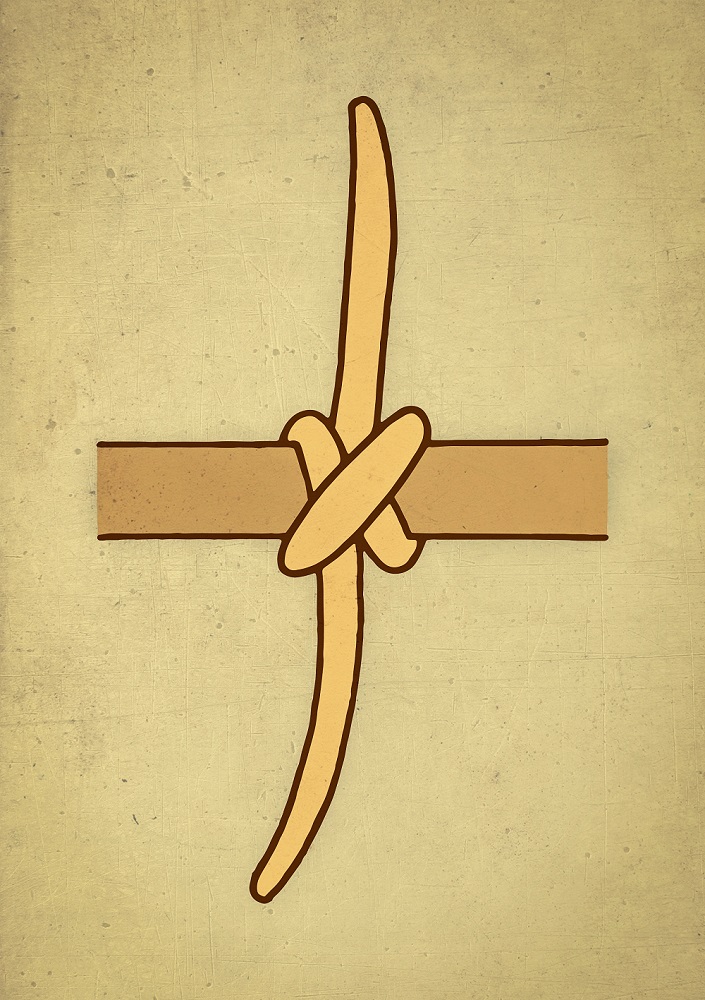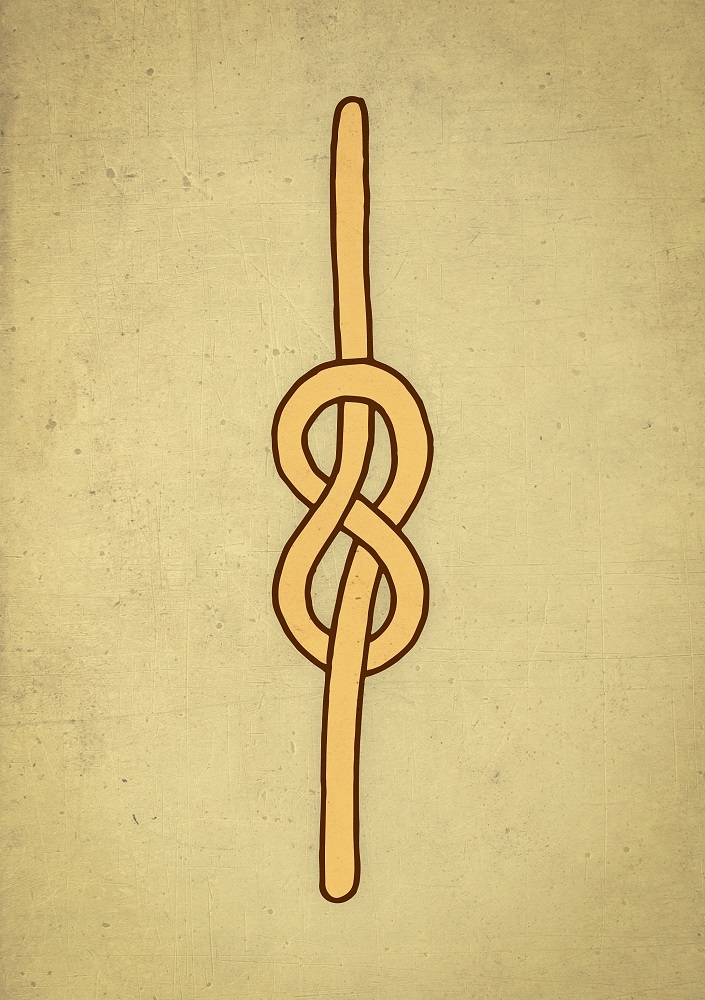Maritime Saturday Workshop - Seafarers' skills: Knots
For safe navigation, seafarers must master different types of skills.
One of such skills is tying knots. Ropes and knots are used for different purposes in all vessels, from the smallest to the largest ones. Several types are known, differing from each other by their characteristics, which means that they are intended for different practical uses.

It is very important that the right knot is used in the right place on every ship or boat. If we fail to do so, the vessel can get untied from the mooring, a fender can be lost, the sail may get untied, or some other unwanted event may take place.
Although knots are not easy to learn, their knowledge can come in handy in many everyday activities. We can use them during sailing, boating, fishing as well as climbing, camping, in surgery, decorating and elsewhere.
One of the knots, which is simply a must when we are at sea, is the so-called bowline knot. It is used for tying a vessel to the bitt, for tying sails and tarpaulins, and can even be utilized as a loop when rescuing a man overboard from the sea.
This knot can be easily untied even when the rope is wet, but is still highly reliable.

For tying fenders to the vessel, the clove hitch knot is used, which enables simple adjustment of the height of fenders according to our needs, as the rope can be lengthened or shortened without being untied.

We shall also learn how to tie the Figure-eight knot, named for its shape. It is used as a stopper knot, to prevent the rope from slipping through its retaining device. This knot can be easily untied.
